SYSTEM-1 from Code Acoustics is a high quality 3-way active speaker, with off-board electronics module including crossovers and amplifiers. It is UK made and costs £6350 direct from the manufacturer. Ian Ringstead turns up the volume and puts the SYSTEM-1 though its paces.
The first I had heard of Code Acoustics was at the recent National Audio Show. Code are a company founded by an enthusiastic Ceri Thomas, whom I talked to at length at the show. Ceri has a background in automotive design engineering, having worked for some of the UK’s most prestigious automotive firms, such as McLaren, Williams and Jaguar-Land-Rover. However, his first love has always been audio and speaker design.
Ceri’s philosophy is that he wants to offer an alternative design approach and personal service to his customers, so he decided to sell direct and therefore retain excellent value for money rather than go through dealers.
SYSTEM-1 is a high quality 3-way active speaker, with off-board electronics module. It consists of ‘TOP-1’, which reproduces the mid and high frequencies plus ‘BASS-1’, which of course covers the bass region. Then there is ‘CONTROL-1’, which contains a 6-channel DSP crossover, pre-amp and 6-channel power amplifier. Just add a source, such as a CD transport, turntable with a phonostage, music server, laptop etc. and away you go!
Now the concept of an active system is not new and there are several ways that this can be achieved. In my retailing days, I sold active systems from companies such as Linn and Naim, Arcam, Meridian and Nytech Audio. The reasoning behind active systems is that the electronics are tailor made to match the loudspeakers and that the crossovers are electronic and designed to match each drive unit perfectly. That’s the theory, but it takes a lot of careful design and understanding to achieve good results. With matched amplifiers and dedicated electronic crossovers, compatibility is not an issue unlike a passive set of loudspeakers and an amplifier. The designer is therefore making life easier for the listener to do just that, listen and not worry about mismatches. Also, distortion figures can be lower so improving the sound quality.
Ceri has designed the SYSTEM-1 to be very easy and straight forward to set up. He personally delivered the review system and showed me how to set it up. The speaker system consists of four boxes, two per channel of course made up of a BASS-1 and a TOP-1.
The BASS-1 is a heavily braced speaker, deep route veneered enclosure made of mdf with four internal voids for sand and with extensive use of sound deadening panels and melamine damping foam. They weigh 28Kg each when loaded with sand. The drive units are made by Volt and are 8 inch connected in parallel.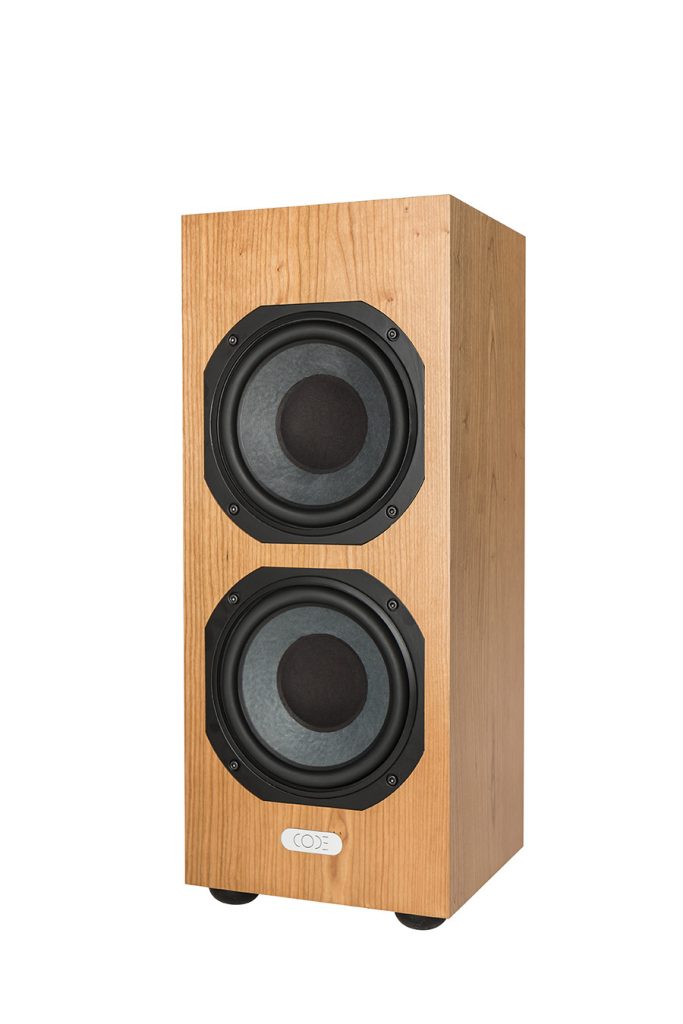
The TOP-1 contains a 1 inch Scan Speak Classic tweeter and 4inch Scan Speak Illuminator mid-range unit. These are both excellent units from a renowned manufacturer with a fine pedigree. Again, there is extensive use of sound deadening panels and melamine damping foam in the smaller 3Kg cabinets.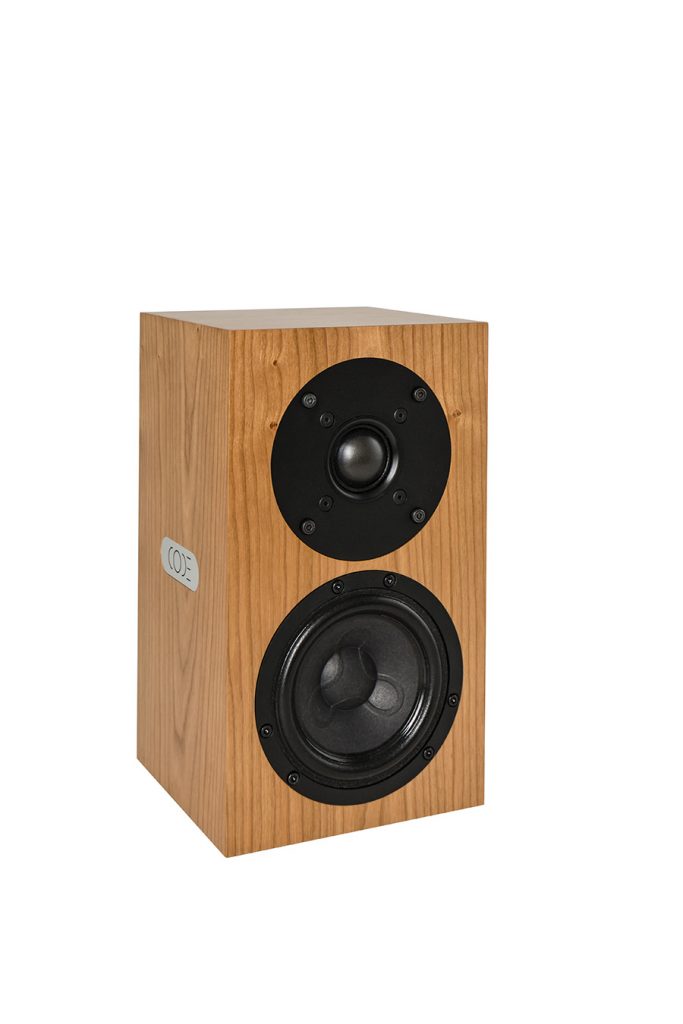
Each cabinet can be isolated by using the dedicated isolation brackets which are X shaped metal plates with four sorbothane feet. The bracket is bolted to the bottom of each cabinet using the dedicated bolts into the relevant bushes. They allow the TOP-1 speakers to be safely mounted on the BASS-1 and for the BASS-1 to be isolated from the floor without damaging it. I like this idea as it worked well with my hardwood floor and the lack of spikes meant I didn’t have to worry about protecting the floor.
Speaker connection to the amplifier is via Neutrik Speakon connectors wired with Van Damme 4mm Black series cable of 2m lengths or up to 6m if required. The TOP-1 requires 4 pole connectors because of the tweeter and mid-range units in them, whilst the BASS-1 use 2 pole connectors. The Speakon connectors make for a very simple, safe and relatively fool proof way of connecting the speakers to the CONTROL-1 and although purists may wish that standard 4mm terminals had been used, in the context of this system I feel Ceri has made the right decision. Like the brackets the speaker cables are an additional extra supplied by Code Acoustics and I think they are well worth having for a fuss free life.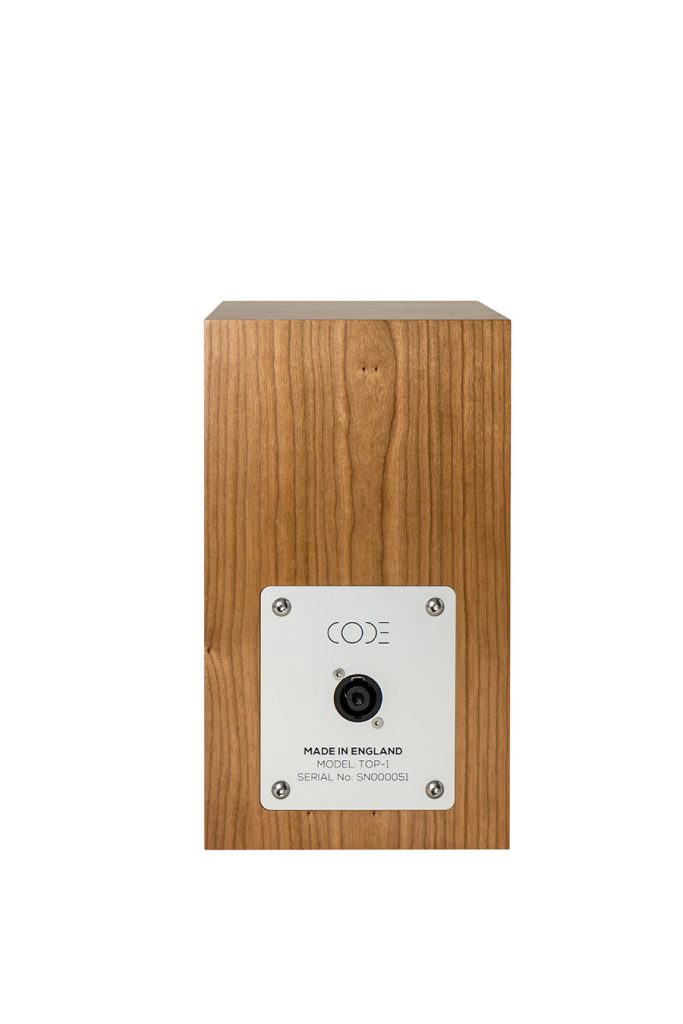
The CONTROL-1 is a remote controlled digital pre- amp, 6 channel DSP crossover and 6 channel power amp all in one unit. There are 4 balanced analogue inputs on XLR and 4 digital inputs giving a choice of AES/EBU, optical, SPDIF and USB. Outputs are AES/EBU and SPDIF. Power amps are 6 Hypex class D modules giving 180w into 4 ohms. The power supplies, one per channel, are Hypex switch mode 1200w peak modules. The DSP is a Hypex 6 channel module with a sample rate of 24bit/96 KHz. The unit is housed in a smart looking wooden case which contrasts well with the extensive metal work of the panels and heat sinks on each side of the unit. It is neat and compact weighing in at 5Kg, so it is easy to accommodate on a shelf or unit. The controls are minimal with the front panel sporting an illuminated power button on the left, a central display panel and to the right 4 control buttons shaped in the form of a diamond. The control buttons are used to control input selection and volume up and down. The display is quite small, so from a distance can’t be read easily, so a minor bugbear for me. Power connection is by a dedicated powercon cable that is supplied. The remote control is a simple, small plastic unit supplied by Hypex that controls volume, standby and input selection.
Sound
As you can see the SYSTEM-1 is quite complex under the skin, so how does it sound? After initial set up and a bit of tweaking with positioning Ceri and myself sat down to assess the overall sound as Ceri wanted to be sure I was happy before he left me to play for a few weeks. First impressions were very good with a good tight low end response that didn’t dominate the room given the size of the bass units and their quality – testament to the Volt driver’s excellent reputation and build quality. The mid and top end were open and smooth, again down to the superb quality of the Scan Speak units which don’t come cheap, but are certainly worth including in this design.
Ceri kindly let me borrow his iPad and an Auralic streamer to try out digital high resolution music files as I use CD and turntable, being a traditionalist and stuck in my ways. The streaming worked well with the system, but I must say I was more than happy with the results I got from my Sony CDPXE3000ES using the SPDIF input. The turntable was more of a challenge if only because the analogue inputs are XLR rather than the standard RCA phono sockets, which meant I had to obtain some Neutrik XLR to RCA adaptor plugs. Once acquired my Project Extension 9 and Ortofon Quintet Black via the Tisbury Audio Domino phonostage worked a treat with no hum or level issues.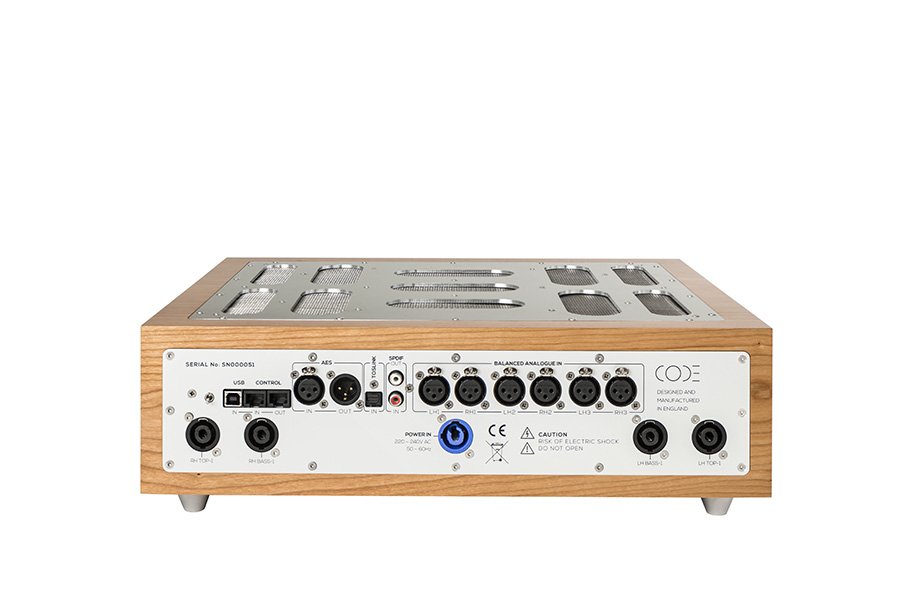
Many CDs were tried and I put on Paul Simon’s “Concert in the Park “(Central Park New York) from August 1991 as I am going to see him soon here in the UK, and so wanted to remind myself of his classic songs. As live concerts go this is a good recording and all the detail of the band’s musicians and singers were clearly portrayed on stage with the very realistic sound and ambience of the crowd and their rapturous applause at the end of all the songs. The line-up of musicians is stellar with the likes of Steve Gadd on drums, Michael Brecker on sax, Chris Botti on trumpet, Richard Tee on keyboards and a host of African, South American and US musicians and singers. The influences of Paul Simon’s fascination with third-world country rhythms is abundant and blends beautifully with his original folk background of the sixties and his development in the seventies and eighties. With such a wide range of instruments and vocals on offer this CD was a joy to listen to on the SYSTEM-1 as it was very capable of bringing out all the different nuances in the performances of the artists and the songs. Detailing was first rate with all the subtle touches the musicians add easily picked out, something you would miss out on in poorer systems with inferior resolution.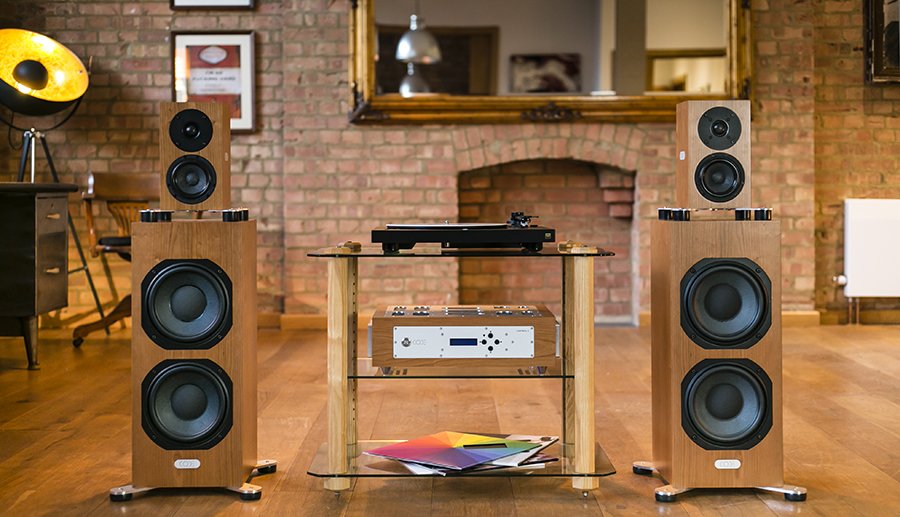
Another album I had to try was Livingstone Taylor’s CD “Ink” recorded on the Chesky label which is a lovely recording that on a good system allows me to shut my eyes and imagine I am in the recording venue. Suffice to say, this CD sounded sublime, especially in the evening with the curtains closed and the lights turned down low. It has sounded great on other systems, but somehow had the edge through the SYSTEM-1.
When I tried the turntable, it was a pleasant surprise that a mainly digitally focused system worked so well with vinyl. Steely Dan are a favourite band of mine that I grew up with and their debut album from 1972 Can’t Buy a Thrill brought back many memories. Donald Fagen and Walter Becker are sticklers for perfection and sound quality, and even on this early record it shows. The clarity is spot on with tight rhythm sections, superb musicianship and clever vocals. Do it again and Reelin’ In The Years are probably the best known songs from this album, but all the tracks displayed excellent playing ability and really made me want to dance or tap my feet. I particularly noticed how clear the cymbals and tambourines were on several tracks. Now I’ve listened to this record many times over the years on many systems in my home, but I don’t recall the top end detail being so good before.
I dug many CDs and records out during the time I had the SYSTEM-1 and they all performed well. They weren’t all audiophile recordings by any means and some I hadn’t listened to for a long time.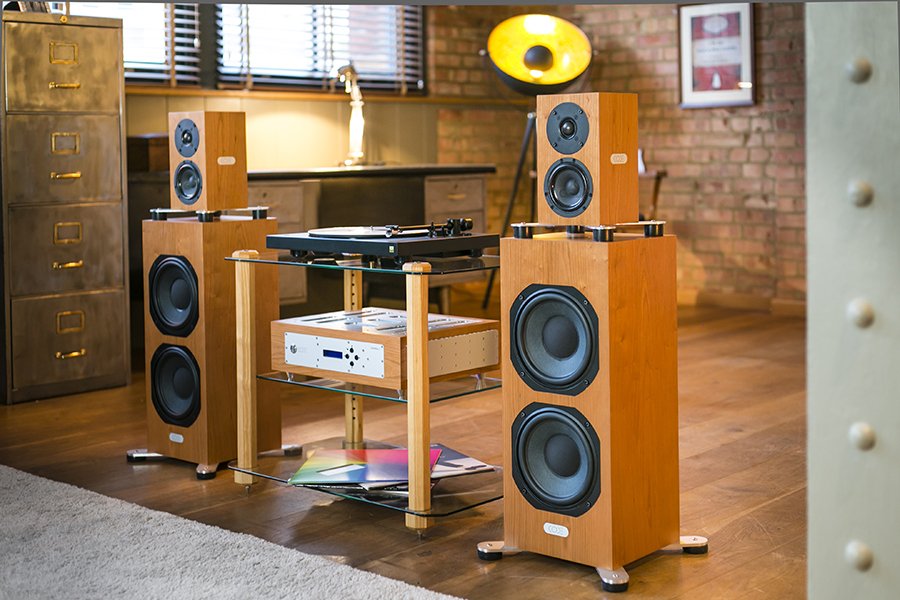
Finally, what impressed me was how good the dynamic capability was of the SYSTEM-1. Usually when I listen to many systems there seems to be a point in the volume level when the system suddenly comes to life and starts to sound more interesting. I talked to Ceri about this phenomenon and he agreed that a lot of ported speaker systems can have this loudness affect where the port is fighting against the air coming out of the cabinet (turbulence) and so affects the sound. The SYSTEM-1 seemed to manage the trick of sounding good and holding my attention at whatever level I tried, especially lower levels where many systems seem to sound flat or uninteresting. I suspect a combination of excellent drive units, careful cabinet design and electronics all play their part.
Class D amps have now become far more popular than they were a decade ago and it shows how they have come on when companies like Jeff Rowland and Audio Research use them in some of their models. I had a Flying Mole CAS-10 amp for some years which I enjoyed, as did a friend of mine who borrowed it, and we were both impressed by its clarity and detailing. Not everyone agreed, but that’s hifi for you. Hypex are a popular choice with manufacturers and designers and I can see why Ceri chose to use them in his system. They are compact, very efficient and powerful, so ideal when you need 6 of them.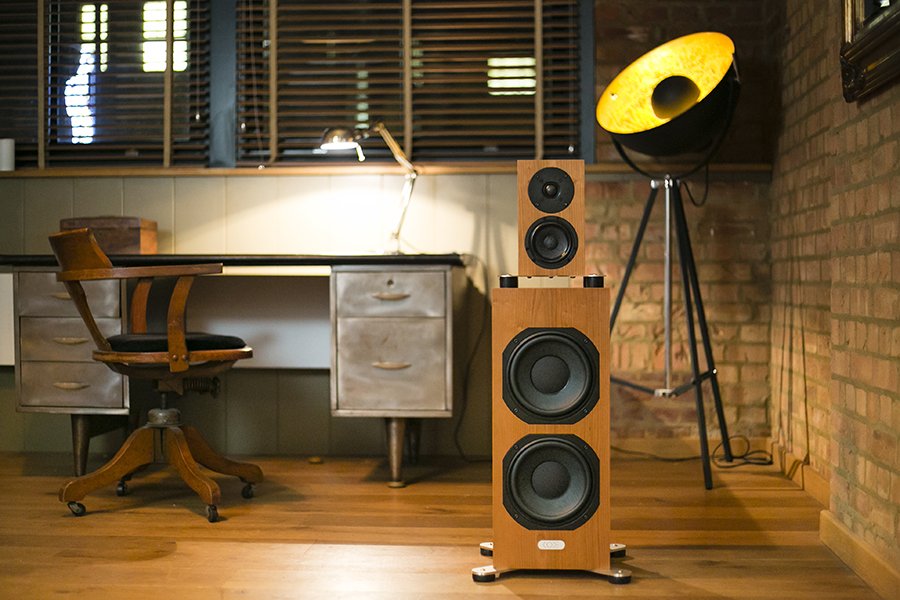
Conclusion
At £5850 for the main system and another £500 approximately for the isolation brackets and speaker cables, which I feel are essential, you are looking at £6350. This is not a cheap system, but when you factor in the build quality and components used and the fact Ceri sells direct with a 30-day money back guarantee if not satisfied, then this is a system for those who want superb sound without bankrupting themselves, with only your sources to add.
Finishes are cherry, oak or walnut in high quality veneers.
Shipping is by arrangement with Code Acoustics and starts from £65 for UK mainland. Elsewhere please ask for a quote.
Build Quality: Very good with a nice blend of wood and metal for both the speakers and control unit.
Sound Quality: Well controlled tight dry bass with a very clear detailed sound stage and smooth top end.
Value For Money: £6350 for the whole package isn’t cheap, but then quality never is.
Pros:
Well built, and good looking design that is easy to use and set up
Relatively neat and compact which would blend well into many rooms I would say
For an active system, compared to the competition this is very good value
Excellent component quality for the drivers and electronics
Cons:
The display is basic and small with a simple remote, but not a deal breaker I feel as the unit functions perfectly well
Inveterate system upgraders won’t be interested, but this is a great fit and forget system to enjoy
Price: £6350
Ian Ringstead












































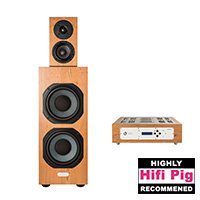


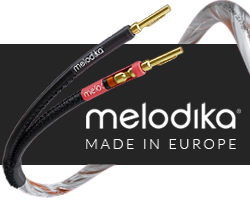
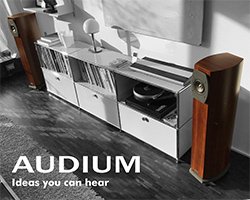
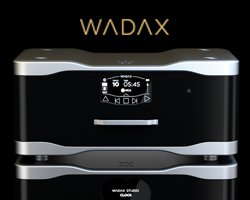
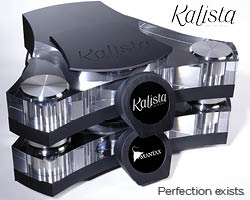
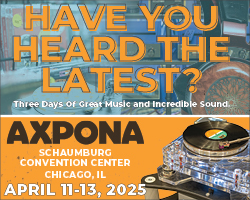

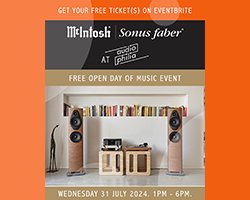
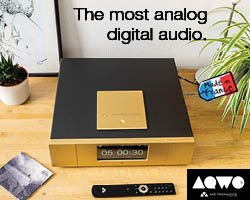
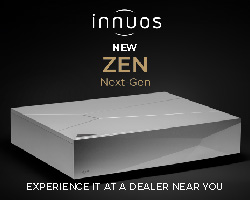
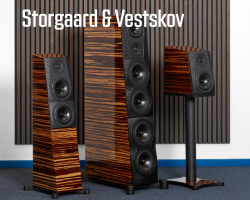
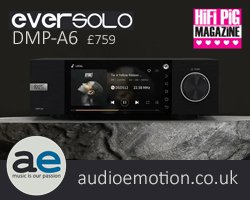


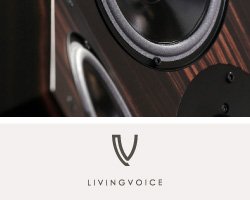
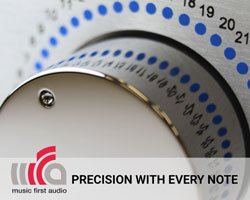
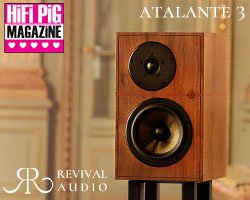

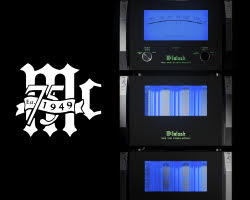
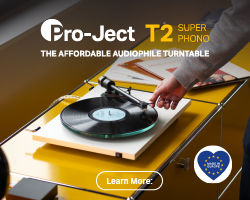
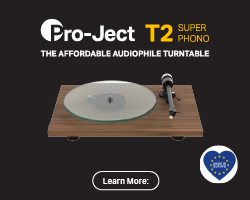
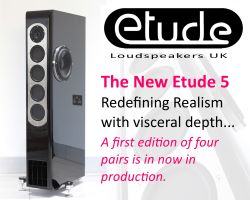
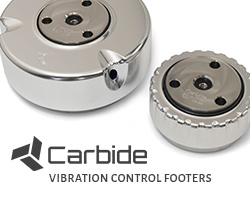



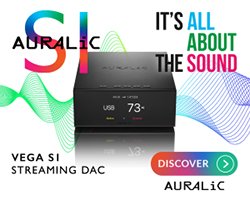
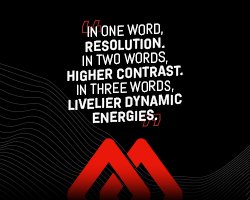


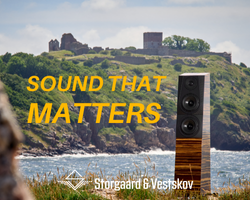
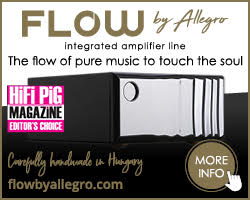
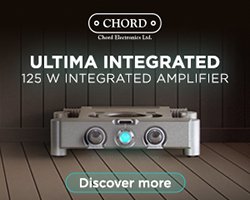


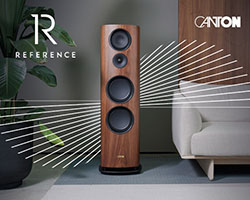
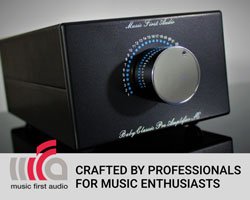
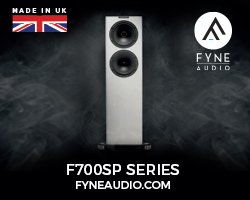
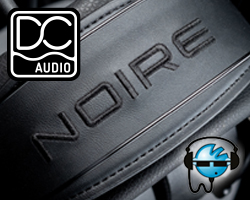
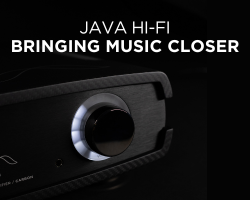
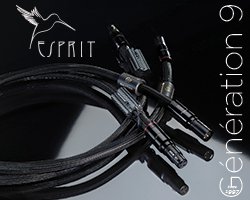


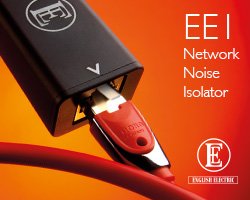
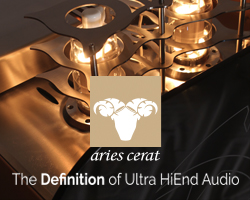
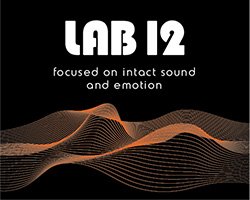

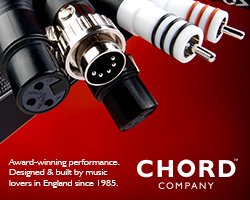


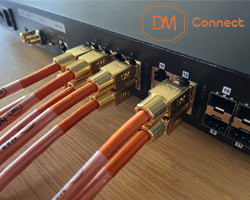
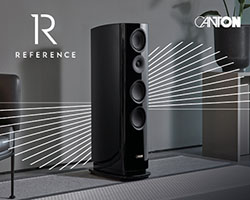



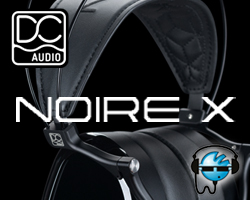

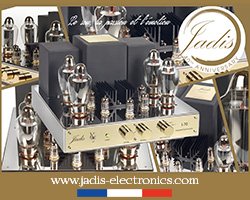
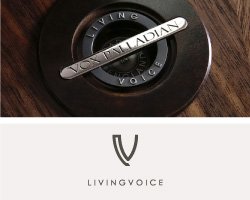

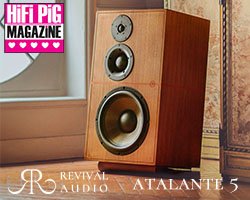

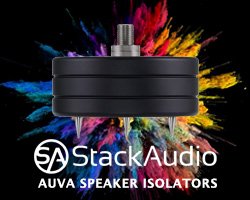
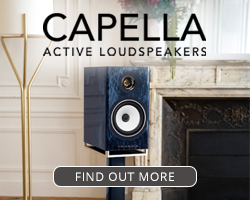

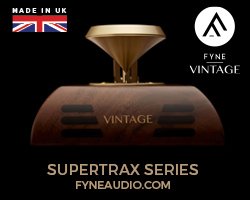
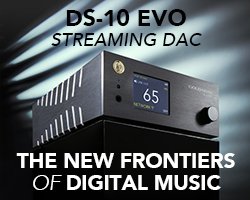
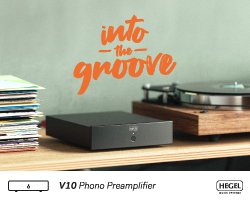
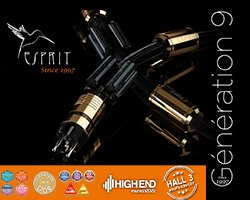
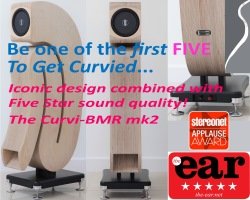

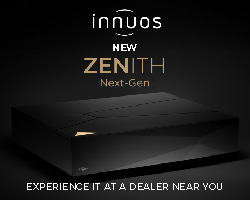



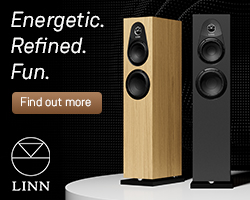
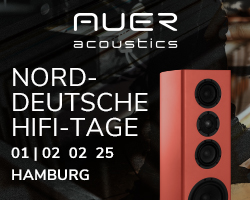
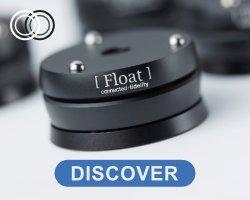












































You must be logged in to leave a reply.